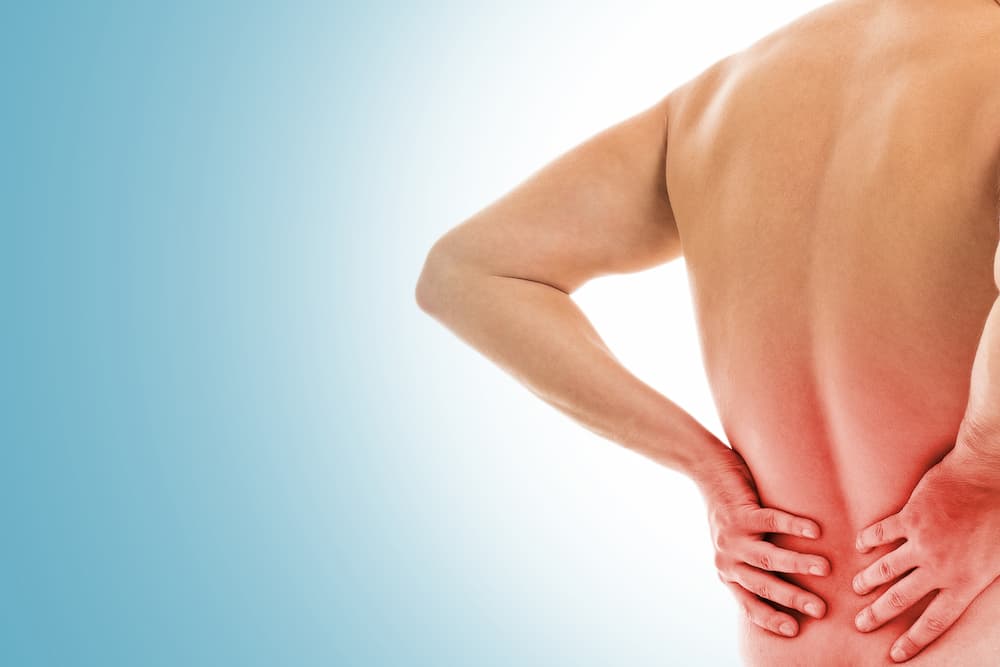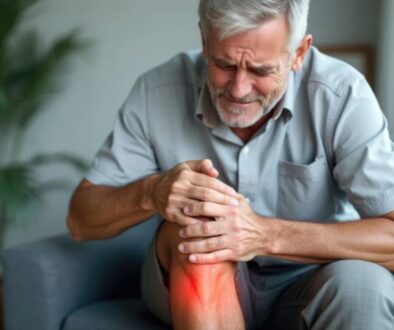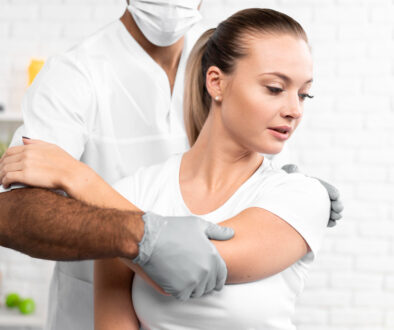Joint Replacement in Dubai
Cartilage is a strong, flexible connective tissue that protects your joints and bones. protective padding that the cartilage offers allows a healthy joint to move with little resistance and with ease. Basically, If the cartilage becomes damaged by disease or injury, the tissues around the joint become inflamed, causing pain. As the cartilage ages, the sharp edges of the bones scrape against one other, which will increase the pain. Dr. Mahantesh Magadum is one of the best orthopedic specialists for joint replacement in Dubai.
A total joint replacement is performed when the entire joint will be damaged. An orthopedic surgeon may be able to repair or replace only the damaged portions. A surgeon removes the diseased or damaged components of the hip or knee joint and installs prosthetics or implants to replace the entire joint.
Total Knee Replacement (TKR)
The worn-out or damaged surfaces of the knee joint are removed during a total knee replacement. Also known as total knee arthroplasty, and replaced with artificial components. The femur (thigh bone), tibia (shin bone), and patella make up the knee (kneecap). When moving, the meniscus, a soft cartilage between the femur and tibia, acts as a cushion and absorbs some of the impacts. This protective layer of cartilage can be damaged by accident, disease, or arthritis (joint inflammation), which can result in intense pain and make it difficult to carry out daily tasks. If non-surgical therapy methods have not successfully alleviated the symptoms, your doctor can advise surgery.

Total Hip Replacement (THR)
A total hip replacement involves removing the damaged bone and cartilage from the hip joint and replacing them with artificial components. The hip joint, which connects the femur (the thigh bone) to the pelvis, is one of the major weight-bearing joints in the body (acetabulum). It is a ball-and-socket joint, with the pelvic acetabulum serving as the socket and the femoral head as the ball. Additionally, The smooth articular cartilage that covers the joint surface acts as a cushion and promotes easy joint mobility.

Shoulder Joint Replacement
The shoulder is a highly movable body joint that enables a variety of arm movements. It is a ball-and-socket joint where the glenoid, or socket, on the scapula (shoulder blade), and the head of the humerus (upper arm bone), articulate. Accordingly, cartilage covering will help the bone from friction. Synovial fluid lubricates the cartilage. The ligaments and tendons that surround the shoulder joint provide strength and stability.

Elbow Joint Replacement
Total elbow arthroplasty, commonly known as elbow joint replacement, is an operation used to treat arthritis symptoms that have not improved with non-surgical therapy.
The elbow joint, which connects three bones that make up the human arm, is a hinge joint. From the shoulder to the elbow, the upper arm bone, or humerus, attaches, forming the top of the hinge joint. The radius and ulna are the two bones that make up the lower arm, or forearm. These bones comprise the lower part of the hinge joint, joining the wrist to the elbow.




